The traditional Korean diet is globally recognized as one of the healthiest eating patterns. With its emphasis on fermented foods, seasonal vegetables, low-fat proteins, and complex carbs like brown rice and barley, it not only supports weight loss but also improves gut health, skin clarity, and overall immunity. This makes the healthy Korean diet plan an excellent choice for those looking to upgrade their eating habits.
Rather than promoting starvation or trendy fads, the Korean approach focuses on balanced nutrition, mindful eating, and lifestyle harmony. In this post, you’ll learn how to build a plan emphasizing the healthy Korean diet that helps you lose weight sustainably — without sacrificing taste or energy.
Why a Healthy Korean Diet Plan Works for Weight Loss
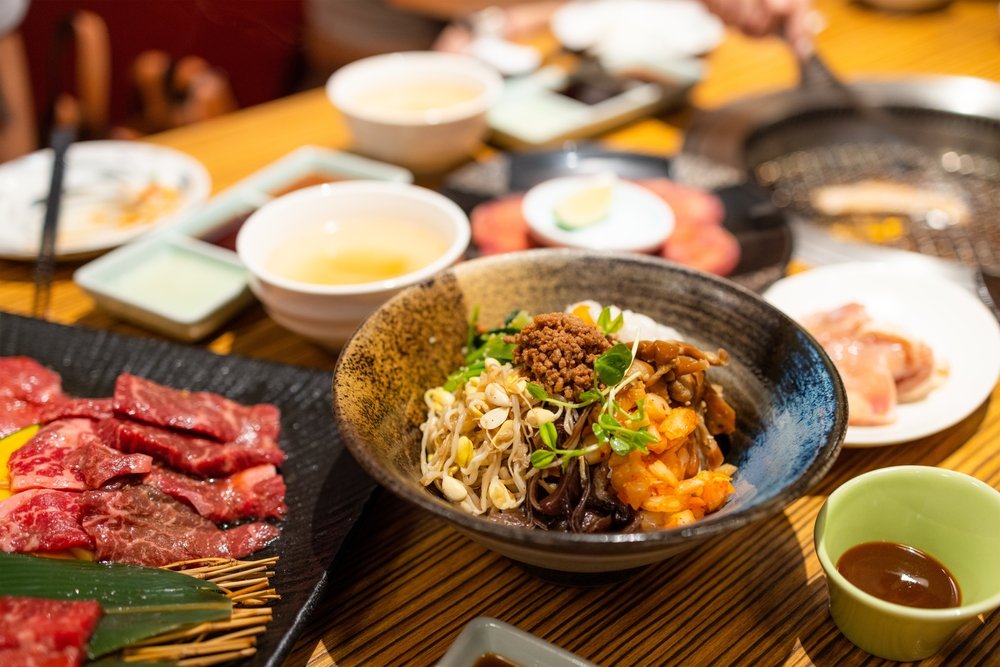
The secret to the Korean way of eating is balance — in portion size, food variety, and nutrient intake. Here’s what makes it stand out in this balanced Korean diet plan:
- Vegetable-Centric Meals Banchan (side dishes) like kimchi, seasoned spinach, bean sprouts, and radish offer fiber, vitamins, and antioxidants — all with minimal calories.
- Lean Proteins in Simple Cooking Methods Tofu, grilled fish, or chicken breast are common protein sources, often steamed, grilled, or stir-fried without heavy oils.
- Fermented Foods for Gut and Immune Health Fermented ingredients like kimchi, doenjang (soybean paste), and gochujang (red chili paste) help support gut microbiota and reduce inflammation. ▶ Read more: Journal of Microbiology – Probiotics in Kimchi
- Whole Grains Instead of Refined Carbs Brown rice, barley, and oats digest more slowly and help keep blood sugar and appetite in check. ▶ Harvard Nutrition Source – Whole Grains
1-Day Healthy Korean Diet Meal Plan Example
🌅 Breakfast: Light & Energizing
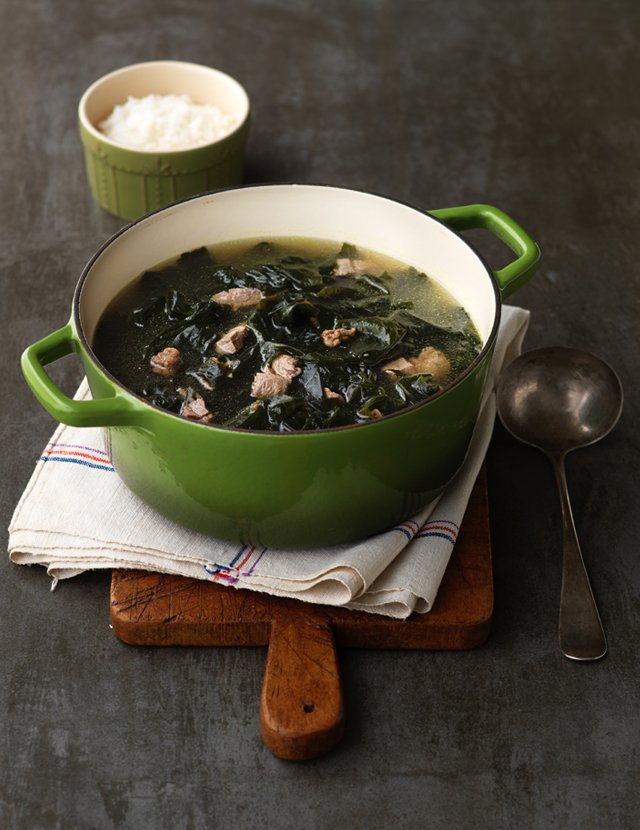
- ½ bowl of brown rice
- Seaweed soup (low-sodium)
- 1 boiled egg
- Light sides: radish salad, sesame spinach, or kimchi
🔍 Provides fiber, hydration, and protein to start the day right without blood sugar spikes — an essential start in incorporating a healthy Korean diet plan.
🌞 Lunch: Balanced and Satisfying
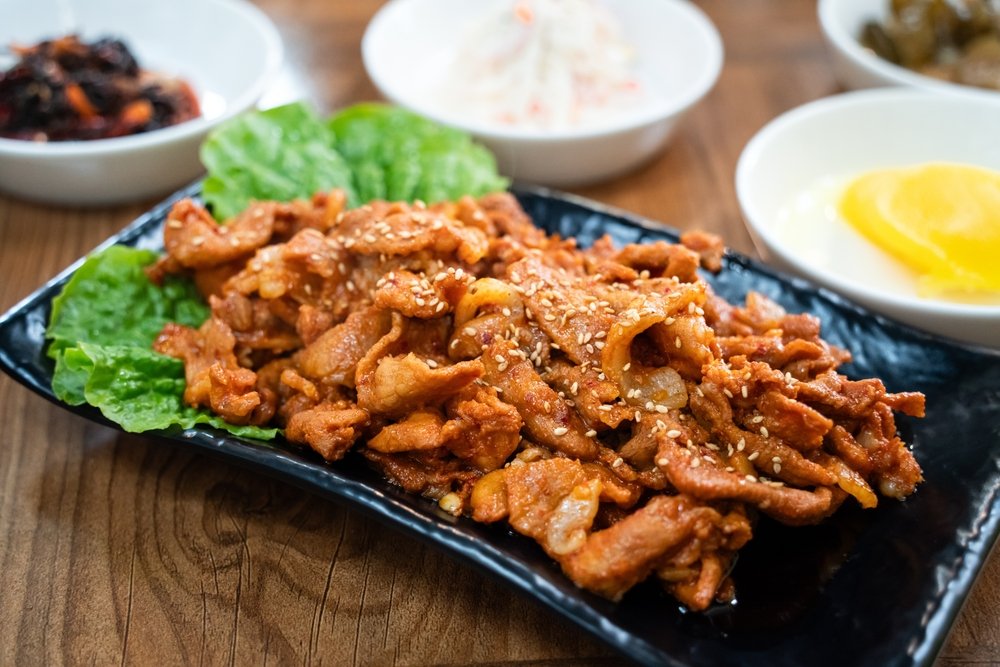
- Barley rice
- Stir-fried chicken breast with mushrooms and onions
- Lettuce wraps with doenjang (soybean paste)
- Tofu or egg side dish + kimchi
🔍 A solid mix of protein, fiber, and fermented foods to keep you full and focused. These elements are hallmarks of a healthy Korean diet plan.
🌙 Dinner: Easy to Digest
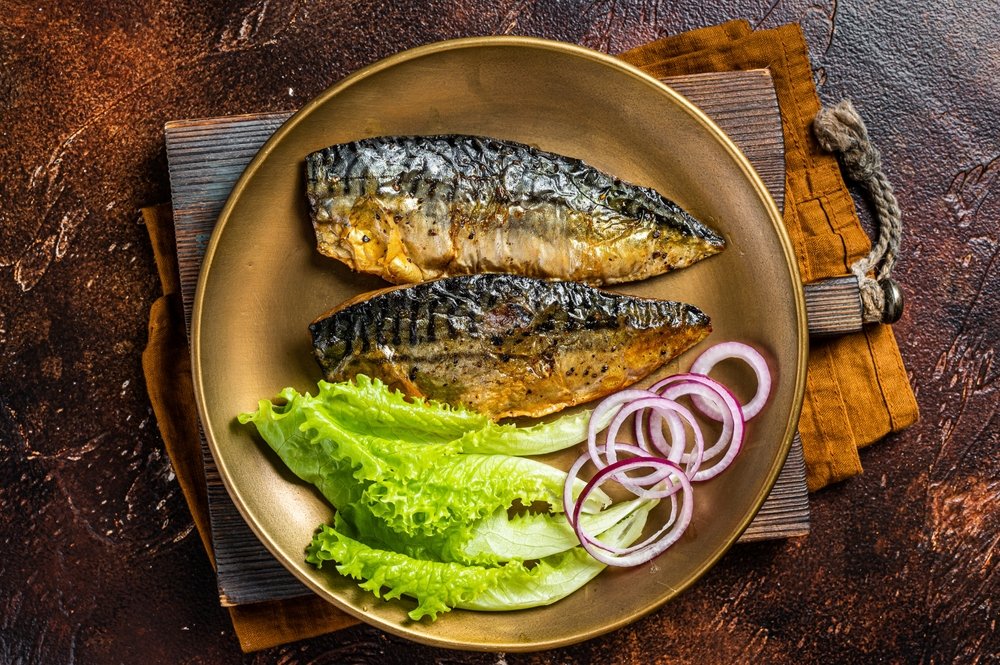
- Vegetable porridge with tofu
- Grilled salmon or mackerel (small portion)
- Steamed greens (spinach, bellflower root)
🔍 A low-calorie, anti-inflammatory meal that supports digestion and recovery before bed, crucial for maintaining a consistent healthy Korean diet plan.
📌 Basic Skincare Routine – 5 Essential Steps for Healthy Skin
Essential Ingredients in a Korean Diet for Weight Loss
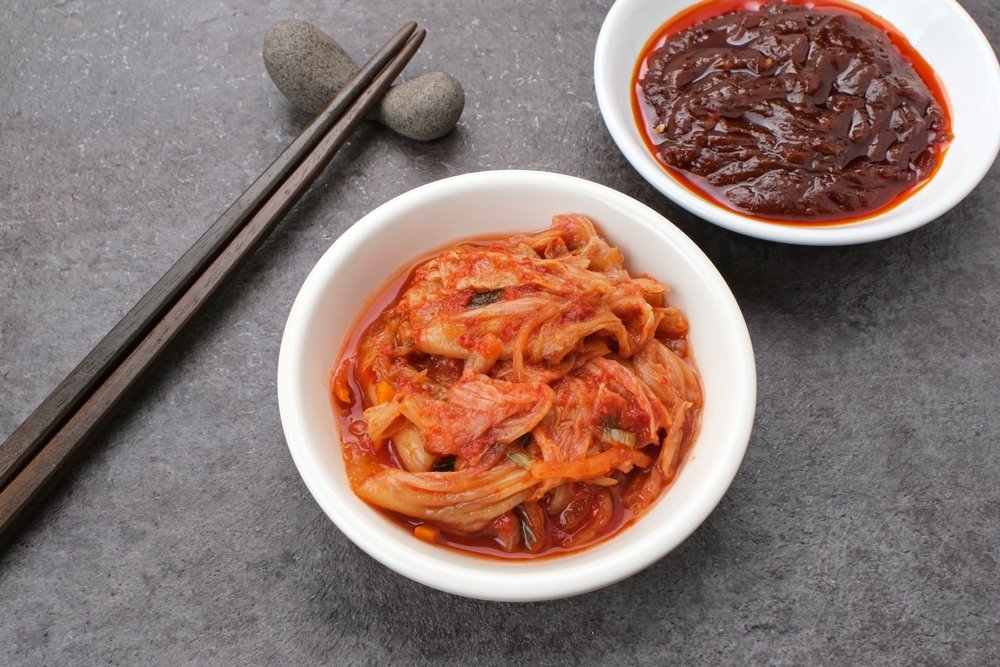
✅ Kimchi
Kimchi is rich in probiotics, vitamin C, and antioxidants. These components improve gut flora and reduce inflammation, which can support metabolism and promote fat loss. Furthermore, studies have shown that regular consumption of fermented foods like kimchi may contribute to lower BMI over time.
- Rich in probiotics, vitamin C, and antioxidants.
- May improve gut flora, reduce inflammation, and support metabolism. ▶ Study: Probiotic Strains in Kimchi and Obesity
✅ Doenjang (Fermented Soybean Paste)
This traditional paste offers isoflavones and beneficial bacteria that support hormonal balance and digestion. However, it should be consumed in moderation due to its high sodium content. When paired with vegetables or used as a dipping sauce, it enhances both flavor and nutrition.
- Contains isoflavones and beneficial bacteria.
- Use moderately due to high sodium content.
✅ Brown Rice & Oats
Unlike refined grains, brown rice and oats are digested slowly, leading to a more gradual rise in blood sugar. Therefore, they provide sustained energy and a longer feeling of fullness. In addition, their high fiber content helps regulate cholesterol and improve gut movement.
- High in fiber and complex carbs.
- Help stabilize blood sugar and promote fullness. All these elements reinforce a healthy Korean diet plan.
How to Maintain Your Korean Diet Plan Effectively

- Stock a Smart Fridge Always keep kimchi, tofu, seasonal greens, eggs, and brown rice available.
- Reduce Processed Foods Cut back on instant noodles, fried snacks, and sugary drinks.
- Avoid Too Much Takeout Korean restaurant food can be sodium-heavy — opt for home cooking when possible.
- Track Your Meals Use a food diary or app to monitor your portions and identify overeating triggers.
Lifestyle Tips to Boost Results

- Walk at least 30 minutes daily
- Stretch or do light yoga to relax
- Drink 1.5–2L of water per day
- Limit late-night eating
- Try intermittent fasting (16:8) with Korean meals for added effect ▶ PubMed – Intermittent Fasting Benefits
To summarize the contents :
A healthy Korean diet isn’t about eating less — it’s about eating right. By embracing whole foods, fermented ingredients, and mindful habits, you can not only manage your weight but also improve your digestion, skin clarity, and mental wellness. Such is the essence of a truly wholesome Korean diet plan.
The Korean way proves that food can be healing, satisfying, and sustainable — all at once. Ready to nourish your body the smart way? Try adopting a healthy Korean diet plan today.



